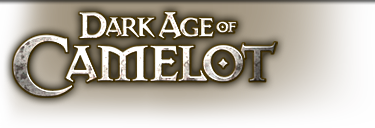Contrary to popular folklore, ghosts do not exist. What most common folk believe is ghosts are in actuality a spiritual residue formed from the souls of those who died in a moment of great emotional turmoil (1); these residues can take many shapes and sizes creating the common forms most people tend to think of as ghosts. All spiritual residues are translucent and they will try to take on the form of the first soul that started the process. Unlike the traditional ghosts of folklore, spirits gather energy from other souls based upon the trigger for the first soul’s residual manifestation; i.e. a powerful sense of vengeance can build if more than one soul contributes to the cause that they died for, which can become a proportionally equivalent physical manifestation of that spiritual residue.
A particularly nasty physical manifestation is King Uther Pendragon. His soul and spirit were focused on unifying the land. Much of his desires were reflected in his followers and thus sprouted one of the largest mass turbulence events in history. The entire Spirit World became a reflection of Pendragon’s fury and drive. It seems his soul truly believed the land still needed unification and he did not understand that the Lyonesse he found was not the same Lyonesse back when he was alive (2). That this was even possible creates an interesting conflict with Alain de Lille’s Theory of Spiritual Limitation (3) as related to the Avicennian understanding of Multi-Spirit Sameness (4), which shall be discussed more in depth in chapter three.
It was only through the workings of a brave group of adventurers, men and women with loose affiliations to the different guilds tasked with defending Albion, that King Uther was driven back into the Spirit World. However, it is what they found there that is the most interesting development of this entire episode.
1. See Merlin’s work: “Ghosts, Zombies and other children’s tales”
2. Uther visited Lyonesse several times during his reign, but did not annex the land. See Bertrand Muskhaven’s essay “King-touched lands: An indepth history of Albion and the surrounding areas” for more details on this.
3. From Alain de Lille’s “The Theory of Spiritual Limitation”, first published in its entirety in the Journal Spiritae Naturalis.
4. Detailed in Abu Ali al-Husain ibn Abdallah ibn Sina’s ground-breaking text “One in the same: How all spiritual residue is linked”, as translated by Sir Hubrecht Delacey.






.png)

.png)


